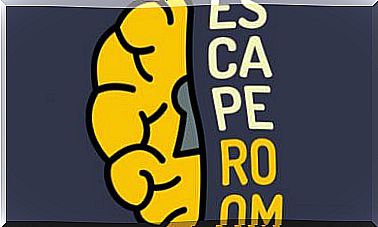David Kolb’s Theory Of Learning Styles

Psychologist David Kolb first described his theory of learning styles in 1984. According to Kolb, learning involves the acquisition of abstract concepts that can be flexibly applied in a variety of situations. In his theory, the impetus for the development of new concepts is provided by new experiences.
According to Kolb our individual learning styles emerge due to our genetics, life experiences and the demands of our current environment. In addition to describing four different learning styles, Kolb also developed an experiential learning theory and an inventory of learning styles.
Kolb’s theory of learning styles
Kolb’s theory of learning styles differentiates four types, which in turn are based on a four-stage learning cycle : concrete experience, reflective observation of the new experience, abstract conceptualization, and active experimentation.
Kolb sees learning as an integrated process in which each stage supports and nurtures each other in the next. According to Kolb, each person naturally prefers a certain different learning style. The choice of this style depends on several factors, such as the social environment, educational experiences or the basic cognitive structure of the individual.
Knowing a person’s learning style allows, for example, to present information in a way that suits this style. Thus, taking into account that we all need to learn, the aim is to use the elements that best suit the given situation and the person’s learning style preferences.

Divergent style
This style emphasizes the innovative and imaginative approach to getting things done. Individuals concrete situations from many perspectives and adapt by observation rather than action. It is a style interested in people and tends to be oriented towards feelings.
Individuals with this type of learning style look at things from a different perspective. They prefer to watch what to do. They also have a great capacity for imagination and emotional capacity. They are good in the arts and have an open mind for feedback and have broad interests in different cultures and people. They prefer to work in groups. The learning characteristics of this style are concrete experience and reflective observation.
Assimilating style
Assimilation learning preference involves a concise and logical approach. Ideas and concepts are more important than people. These people require a good clear explanation rather than a practical opportunity. They excel at understanding powerful information and organizing it in a clear and logical format.
People of this type of learning style prefer good clear information. They can logically format given information and explore analytical models and are more interested in concepts and summaries than people. The learning characteristics of this style include abstract conceptualization and reflective observation.
Converging style
People with a convergent learning style will tend to use their learning history to find practical solutions to problems. They tend to prefer technical tasks and are less concerned with achieving goals where interpersonal aspects are important.
Individuals with this type of learning style apply their learning to practical matters. They tend to show a certain emotional coldness. The learning characteristics are abstract conceptualization and active experimentation.
Accommodating style
This style is practical and is based on intuition rather than logic. These people use other people’s analysis and prefer to take a practical and experiential approach. They are drawn to new challenges and experiences, in addition to carrying out plans.
People with this learning style tend to solve problems intuitively. Of the four learning styles, this is the one where you take the most risks. The learning characteristics are concrete experience and active experimentation.

Educational implications
The principles of Kolb’s theory of learning styles could be used by teachers to critically evaluate the teaching-learning process and thus develop more appropriate learning opportunities.
In this regard, educators should ensure that activities are designed and carried out in a way that offers each student the opportunity to participate in the way that best suits their learning abilities. Ideally, activities and material should be developed in a way that takes advantage of the potential of each stage of the experiential learning cycle, guiding students through the entire process.
In any case, Kolb’s theory of learning styles has been criticized by many. Experts suggest that there is little evidence to support the existence of learning styles.
It has been argued that Kolb’s model is only supported by weak empirical evidence and that the learning process is actually much more complex than theory suggests. It has also been said that the theory does not fully recognize how different experiences and cultures can affect the learning process.









